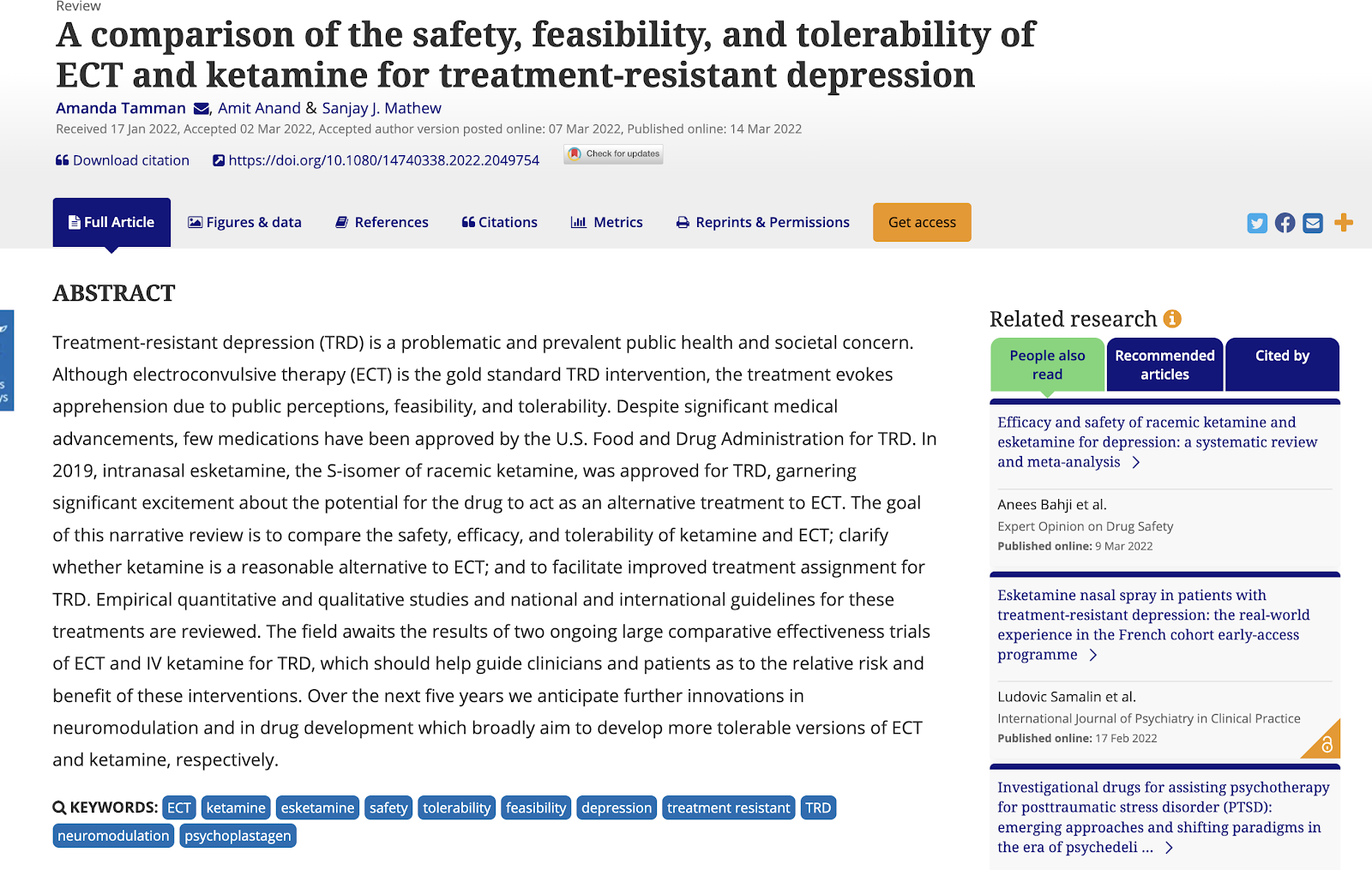Successful ECT For SRSE in a Pregnant Patient: Case Report

Out on PubMed, from clinicians in Georgia, is this case report: Electroconvulsive therapy for super refractory status epilepticus in pregnancy: case report and review of literature. Singla L, Shah M, Moore-Hill D, Rosenquist P, Alfredo Garcia K. Int J Neurosci. 2022 Mar 14:1-11. doi: 10.1080/00207454.2022.2050371. Online ahead of print. PMID: 35287528 The abstract is copied below: Objective: We aim to describe use of electroconvulsive therapy (ECT) to treat super refractory status epilepticus (SRSE) in pregnancy and review the literature regarding utility and safety of ECT in refractory status epilepticus. Background: Status epilepticus (SE) is a commonly encountered emergency in neuro-critical care world. Pharmacotherapy of status epilepticus in pregnancy is very challenging given the effect of the majority of antiepileptic drugs (AEDs) on fetal development. Although there has been growing evidence for use of ECT in status epilepticus, data about its utility in pregnancy is lackin














